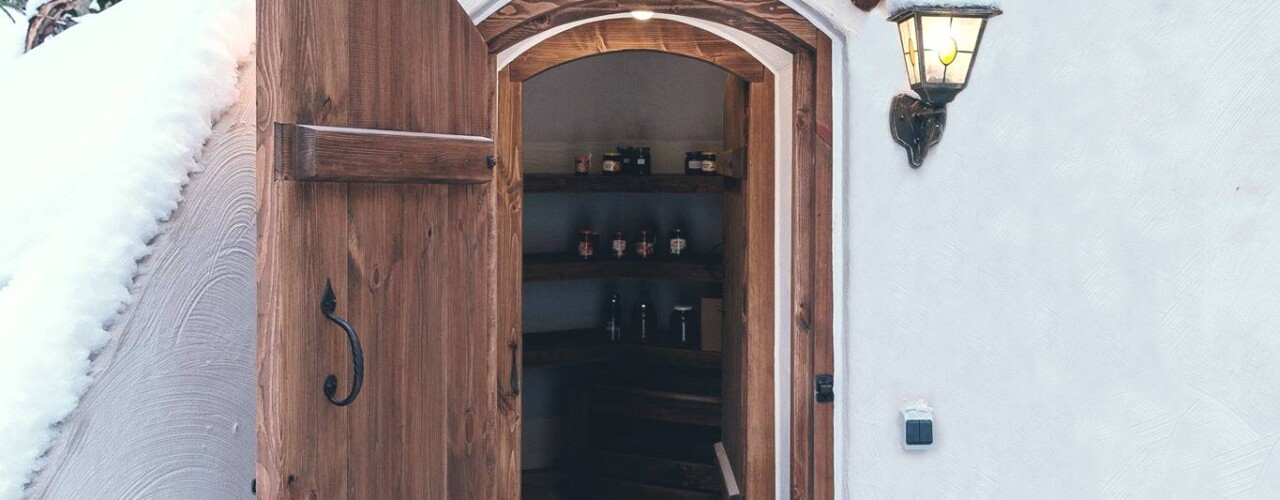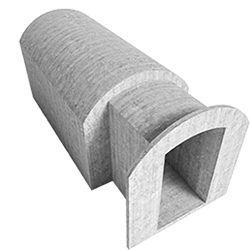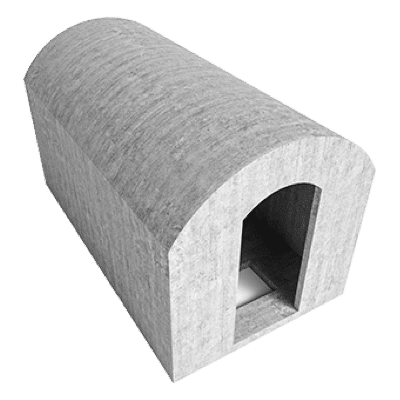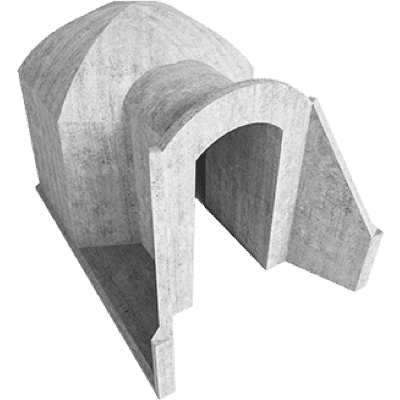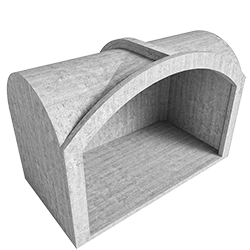With the arrival of summer, the question often arises that if the cellar is empty of fresh harvest, what should be done before storing the new harvest?
An earth cellar may seem like a bleak, damp, and unpleasant place to many, and it certainly can be if you don’t take care of it. However, modern cellars today are beautiful and clean, places close to the soul of many, which behave like living organisms – they breathe and are constantly changing. Just like the refrigerator, which needs to be defrosted every year and treated with a little more cleaning, your earth cellar also needs care. Considering how energy-efficient and maintenance-free it can be with its large capacity, annual major cleaning is something that many cellar owners don’t even talk about as a chore. At the end of the harvest and the arrival of warm weather, it is wise to inspect the cellar as soon as possible to ensure that the necessary clean-up work is completed for the autumn harvest. Of course, every cellar is different and installed in a location with its own characteristics, and everything found here may not match the characteristics of your cellar one by one.
But how to take care of a Revonia cellar, so that the products and the cellar itself work best and are preserved throughout time?
CLEANING
Winter is over, the good and the better have run out from the shelf, and now even the neatest family’s cellar needs a thorough cleaning. It is good to choose a warm spring or a hot summer day for cleaning, to take the empty boxes outside, wash the floor, remove the shelves if necessary, and sort the remaining storage.
It is easiest to start by sweeping the floor, ceiling, and walls from dust, cobwebs, and soil. If there is a compressed air outlet or a leaf blower at home, it is also recommended to ventilate the ventilation pipes from the inside out. When all the containers are sorted, also a quick wipe of usable cans with a cloth is recommended. Finally, it is worth washing the cellars floor, and opening the door and ventilation openings so that the air can circulate and the room can be properly dried.
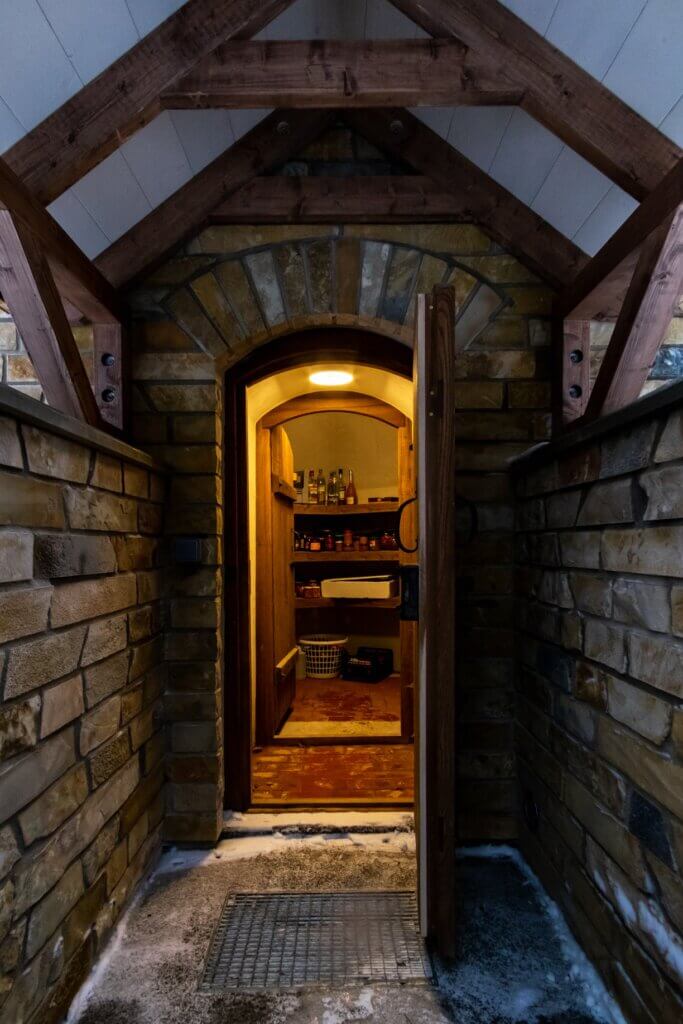
INTERIOR
The potato trays, boxes, holders and, if necessary, also the shelves, which were taken outside during the major cleaning, should be examined more closely. The best tool for washing them is washing soda, i.e. a 1-2% solution of calcined soda, which can also be sprinkled with a few grains of potassium permanganate in the washing water. After that, the hot summer sun is certainly one of the most effective means of destroying bacteria.
All wooden parts must be carefully inspected in order to get rid of possible mold or fungus in time. It is definitely worth renewing the protective layer of shelves and boxes as needed. For this, we prefer water-based Remmers wood preservatives, which have a long life, food-friendly properties, and good characteristics for use in a cellar environment. Another important thing about furnishings is to ensure air circulation around the shelves and boxes and along the walls. Good air circulation ensures the best possible preservation of the shelves and the products stored on them.
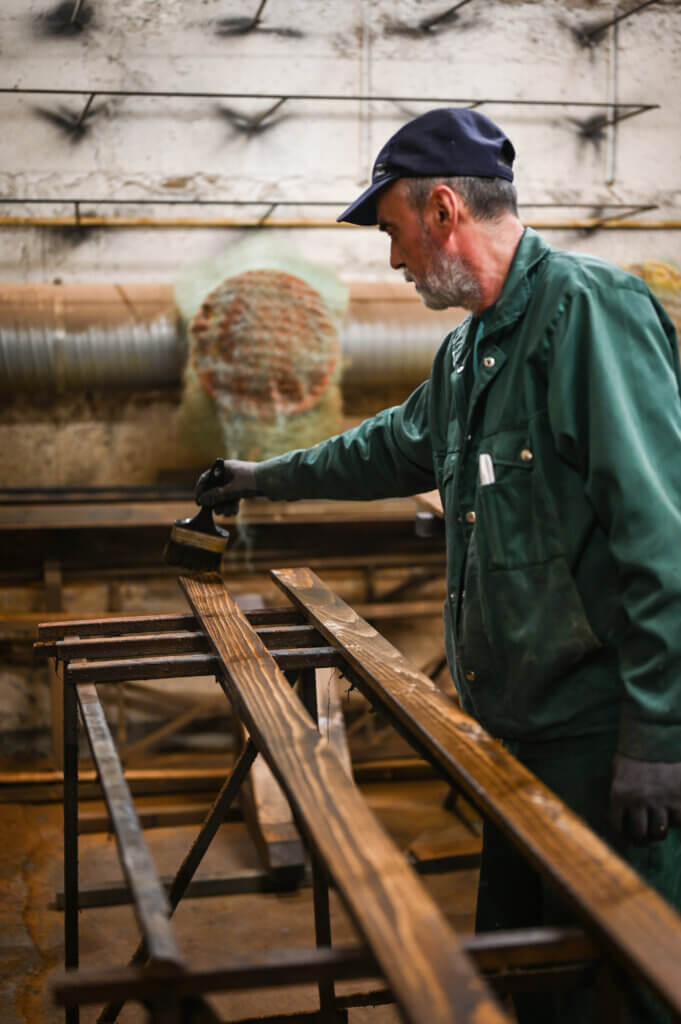
LIME PLASTER
The next step should be to assess the condition of the lime plaster, which is one of the main working organs in underground cellars. Lime plaster is quite maintenance-free and has a long life, but not forever. Depending on the conditions and as needed, the lime plaster could be updated every ~5 years. We have also always recommended covering the interior walls with lime plaster for those who order the raw, DIY cellar concrete body from us.
Lime plaster regulates the humidity in the rooms and stabilizes temperature fluctuations. It stores excess moisture in itself and releases it in drier times. Thereby maintaining a uniform humidity and temperature in the cellar. Due to the strong alkaline reaction, lime plaster also destroys mold and fungi, and lime-plastered surfaces are also antistatic, making them suitable for allergy sufferers.
Recommendations for renewing lime plaster:
- Products based on lime binder should not be used at temperatures lower than +5 degrees.
- Be sure to mix the mixture well and let it stand for a while before using. Moisten the treated surfaces thoroughly.
- Use indoors with a grain size of up to 1mm and a layer thickness of up to 5mm.
- For outdoor use, up to 4mm grain size and up to 15mm layer thickness
- It is recommended to work with lime for retaining walls between May and September.
- Do not plaster in direct sunlight.
If the lime plaster layer is still strong, but the walls have lost their original white appearance, we recommend whitening the interior walls with lime mixture milk. Add 4 liters of water and 2 kg of lime to the bucket. Mix it well, leave it overnight, and brush it on the walls the next day. After that, ventilate the cellar properly and dry it.
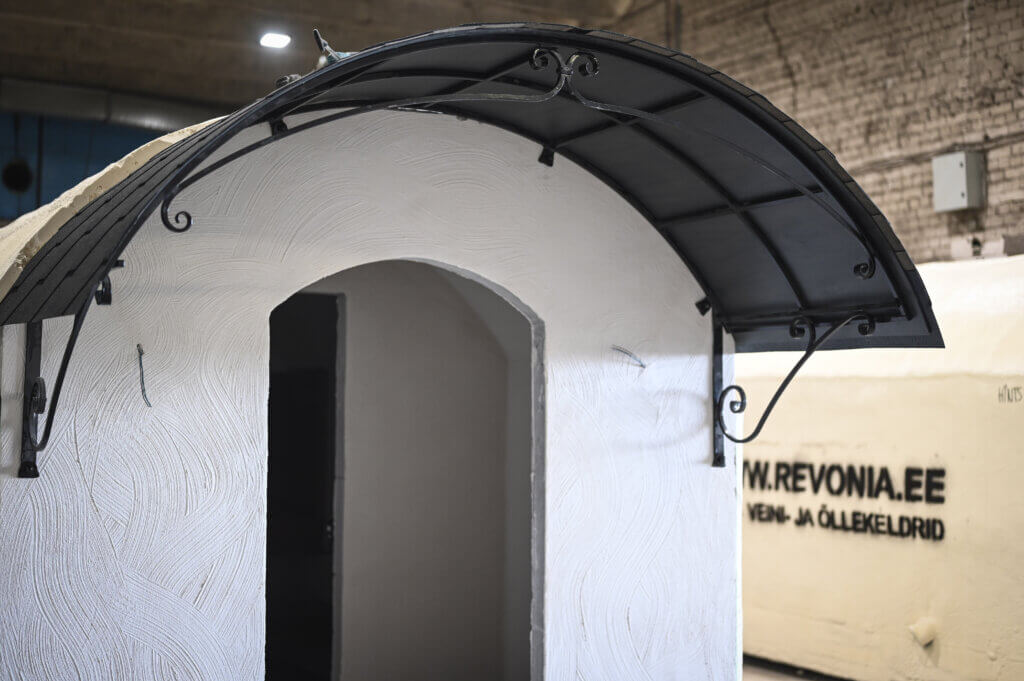
BEFORE DEPOSIT STARTS
The underground cellar is the warmest from summer to autumn, that is, before putting it into use, the cellar should be cooled, ventilated and the right conditions should be created there for storage.
We recommend closing the cellar windows and doors during the day and opening them in the evening – then cool air can enter the cellar. Every morning, the doors and windows should be closed again against the heat of the day. As cold weather approaches or when desired storage conditions are reached, gradually reduce such ventilation and continue to ventilate and control temperature by adjusting vents and exhaust chutes.
Since the ventilation holes in our cellars have rodent nets in front and they cannot get in from there, it is now worth making sure that the rodents did not sneak in from behind the cellar owner during the cooling process.
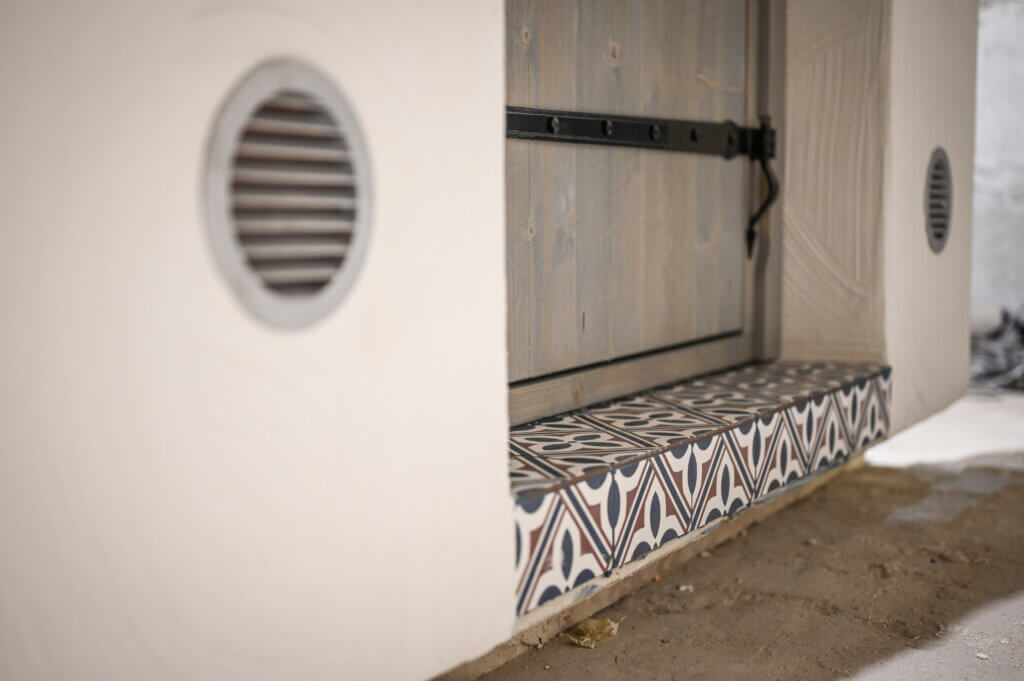
And it was that easy! Next major maintenance next year!
If you also have good tips for cellar maintenance, be sure to share them with us – erich@revonia.ee
In the next post, we will talk in more detail about how to maintain optimal conditions in your own cellar and what options there are for more precise regulation of the conditions.
